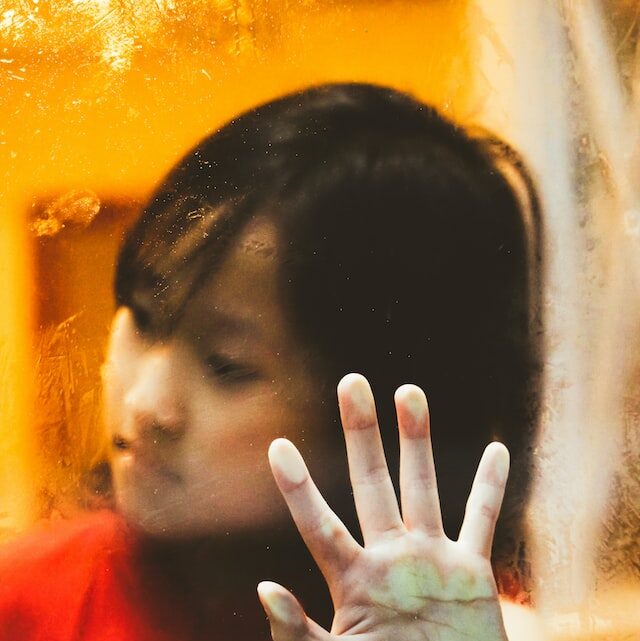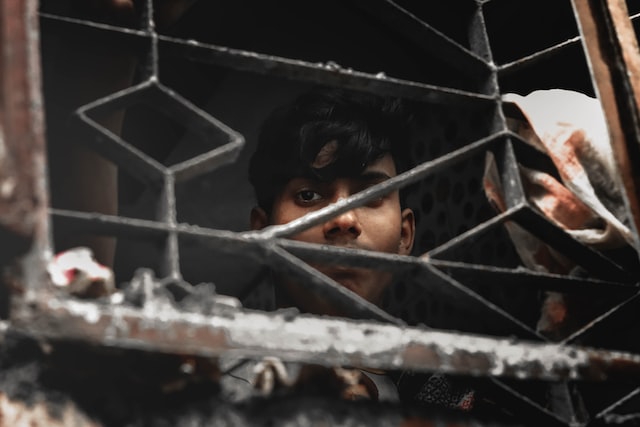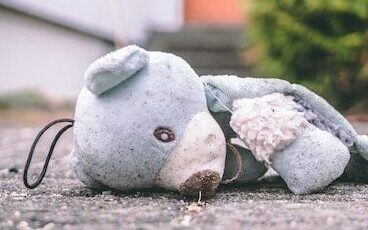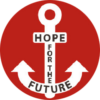
The bitter reality is: child trafficking is not something far away, but happens on our own doorstep, in the middle of Europe. Every day, this terrible fate befalls thousands of children worldwide. Dubious traffickers exploit the economic hardship of families without restraint, promising them money and work, only to sell their children into inhumane conditions – as work slaves, beggars, prostitutes or child soldiers. It is our responsibility as a society to protect children and to take their suffering seriously. However, the victims can only be helped if they are recognized as such. But what are the signs of child trafficking and what should be done in suspected cases?
HUMAN TRAFFICKING VS. CHILD TRAFFICKING: WHAT’S THE DIFFERENCE?
According to the UN Trafficking Protocol of 2000 (Palermo Protocol, Art. 3), trafficking in persons means “the recruitment, transportation, transfer, harbouring or receipt of persons, by means of the threat or use of force or other forms of coercion (…) for the purpose of exploitation”. In the case of persons of legal age, trafficking in human beings is therefore only deemed to have taken place if the offence is committed by unfair means (including deception, exploitation of a predicament, intimidation, etc.). In the case of minors, however, the offence is also deemed to have been committed if none of the above-mentioned means of pressure was used. Any consent of the child or the legal guardian is also irrelevant. In short: If girls and boys under the age of 18 are brought into exploitative conditions, they are to be classified as victims of child trafficking, regardless of whether force or coercion was used or not.
Unfortunately, very few people are aware of the gigantic scale that global child trafficking has reached in recent years. The United Nations Children’s Fund (UNICEF) estimates that around 1.2 million children become victims of human traffickers every year. According to this, the terrible fate hits about 3,000 children every day. They are exploited as cheap labor, forced into begging or petty crime (theft, drug dealing, etc.), exploited as child soldiers or prostitutes, forced to pose naked in front of webcams, or sold as child brides to older men. Even if this issue is often not perceived locally, Austria is also directly affected by this human rights violation as both a destination and transit country.

HOW DO I RECOGNIZE A VICTIM OF CHILD TRAFFICKING?
Identifying potential victims of child trafficking is a major challenge, but nevertheless is an essential step in combating child exploitation. It is important to keep in mind that trafficked persons often do not see themselves as victims of child trafficking or exploitation. They are in a state of extreme dependency, intimidation, fear and shame. Children who are trafficked internationally often do not speak the local language, which makes them even more isolated and dependent on those who exploit them. In addition, their own family members or others close to the children may be involved in child trafficking, which can make detection even more difficult. It is often not easy for outsiders to identify a possible child welfare risk, especially when victims do not show any outward signs of abuse. However, there are individual indicators that may point to child trafficking. For this reason, the Federal Chancellery has published a list of characteristics to facilitate the identification of potential victims:
CROSSING THE BORDER: ENTERING AUSTRIA

Child trafficking does not always take place across international borders. In cases where the victims are taken to another country against their will, however, child traffickers are sometimes already noticed upon entry. As a rule, the victims never travel alone, as the traffickers cannot afford to leave their “goods” unobserved. Therefore, increased attention must be paid to the persons accompanying the minors. The trips are often organized by persons who have no parental rights and at most have a written, notarized certificate authorizing them to take the child abroad.
GENERAL WARNING SIGNALS: CHILD’S APPEARANCE AND BEHAVIOR
Sometimes the child’s appearance may already show indications of a risk to the child’s well-being. In some cases, children have unusual or unusually frequent injuries or show signs of physical neglect. These include a lack of personal hygiene, inappropriate clothing, poor health, and being underweight. However, if there are no outward signs of exposure to violence or neglect, this does not necessarily mean that the child is not at risk. Particular attention should also be paid to the behavior of children. Girls and boys who are trafficked often behave in a conspicuous manner: they exhibit submissive or intimidating behavior, and may appear antsy, uncooperative, dissocial, or possibly even aggressive. Children may also tell stories that do not seem entirely coherent or even rehearsed. It must be remembered here that victims have sometimes been manipulated and made deeply insecure by perpetrators for years. It has been drilled into their heads that the police would not help them and that any attempt to escape would only make things worse. Therefore, all statements and insinuations of the child that indicate abuse, sexual abuse or neglect must always be taken seriously, no matter how implausible or contradictory they may seem.
DUBIOUS CIRCUMSTANCES: THE CHILD’S PERSONAL ENVIRONMENT
The next step is to consider the social environment of the minors. Often the children are accompanied by adults who pretend to be their “parents” or “guardians”. If the child seems visibly tense in their presence or shows discomfort or even flinches when touched by these persons, this may indicate that something is wrong. If the adult seems to be controlling the child by speaking for the victim, interpreting, or trying to steer the conversation in some other way, this is also a clear warning sign. Uncharitable interaction and a rough tone are also quite common in public. Victims are severely restricted in their freedom of movement and are under constant scrutiny by the perpetrators. It is not uncommon for the children to have a lack of knowledge about their own housing situation and location. This leads to the fact that they cannot give a home address and are not familiar with their alleged place of residence.
CHILD LABOUR: EXPLOITATION AND RIGHTS VIOLATION
Last but not least, child labor is often linked to the phenomenon of child trafficking. The exploitation of underage boys and girls who become victims of human trafficking takes place in many different ways: Forced prostitution, child pornography, begging, petty crimes such as theft, or drug trafficking. They are also frequently exploited as cheap labor in the household, in agriculture and on construction sites. Often the victims are always working in a different place in order not to attract attention. They have no social security, nor are they allowed to keep all the money they earn, as a large percentage of their income has to be handed over to someone else.
WHAT DO I DO IF I HAVE A SUSPICION?
- Look, don’t look away: Begging, theft, drug trafficking, sexual exploitation. Child trafficking can take many forms – all the more reason that you do not look away if you have any suspicions.
- Keep calm: A suspicion triggers many questions and feelings: Sympathy, fear of doing something wrong, anger at the possible perpetrators, insecurity, pressure to get help as quickly as possible, etc. But even if it is sometimes difficult, it does not help anyone if one acts blindly and hastily, and without thinking.
- Get support: The protection of the victim always comes first. Therefore, it is important that you do not approach the suspected perpetrator under any circumstances, but report it to the authorities immediately. Otherwise, the perpetrators could be alerted, put pressure on the child again, and make important evidence disappear.
APPENDICES
HUMAN TRAFFICKING HOTLINE
If you have information regarding child or human trafficking, you can contact the human trafficking hotline at the Federal Criminal Police Office around the clock with tips:
Phone/Phone (24/7): +43-677-61343434
E-mail: menschenhandel@bmi.gv.at
E-mail: humantrafficking@bmi.gv.at
REPORT CHILD PORNOGRAPHY AND CHILD SEX TOURISM
If you discover texts, pictures or similar material that contain child pornographic content, or if you discover offers of child sex tourism, you can report this here:
E-mail: meldestelle@interpol.at
Fax: +43 1 24 836-951310
You can also file a criminal complaint at any police station.
Translated by Emily Schiffer
#childtrafficking #exploitation #childlabour #modernslavery #humantrafficking #againsthumantrafficking #gegenmenschenhandel #endexploitation #endtrafficking #hopeforthefuture #Austria
